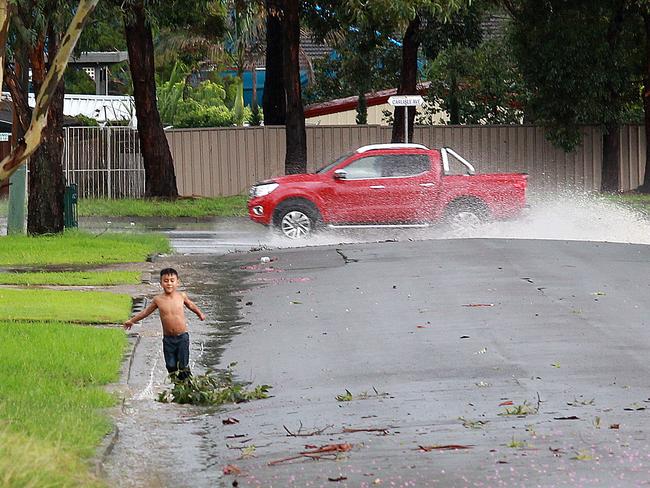Sydney weather: Emergency services brace for more storms
THOUSANDS of homes and businesses could remain without power for much of the morning after a day of wild weather, as energy crews work to work around downed lines and wet conditions.
NSW
Don't miss out on the headlines from NSW. Followed categories will be added to My News.
THOUSANDS of homes and businesses could remain without power for much of the morning after a day of wild weather, as energy crews work to work around downed lines and wet conditions.
NSW copped a soaking yesterday, complete with a “mini-tornado” that ripped up trees and brought down powerlines in Mt Druitt, in Western Sydney.
At its peak, 35,000 homes were left without power across St Marys, Mount Druitt and The Hills, with at more than 13,000 left still without power around midnight. Parts of the Central Coast also remained without power, although crews worked throughout the night.
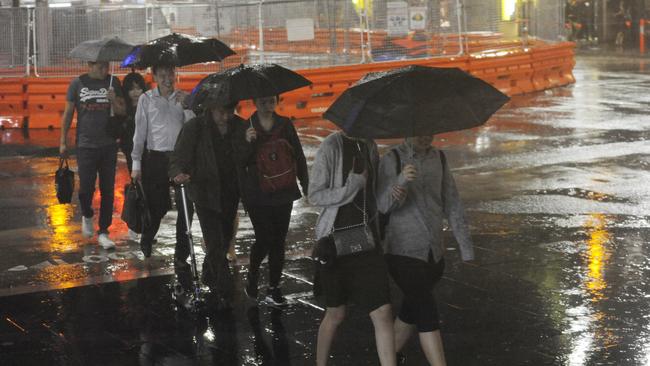
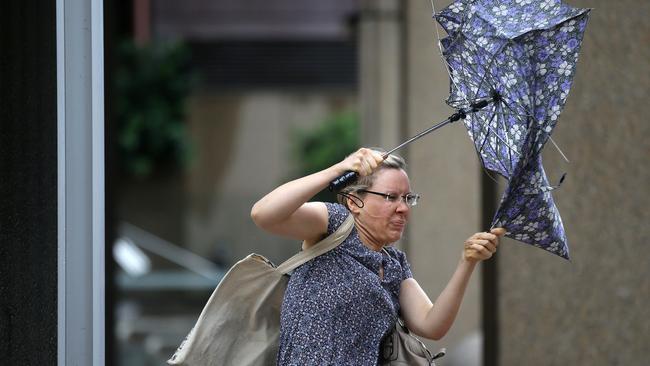
The State Emergency Service said crews were called to more than 700 homes across Sydney’s West as lightning struck Penrith, a howling gale almost tore tarpaulins from previously storm-damaged homes in Kellyville and Parramatta and Picton suffered through flash flooding.
A SES spokesman said of those jobs, more than 200 were in the battered Mt Druitt area.
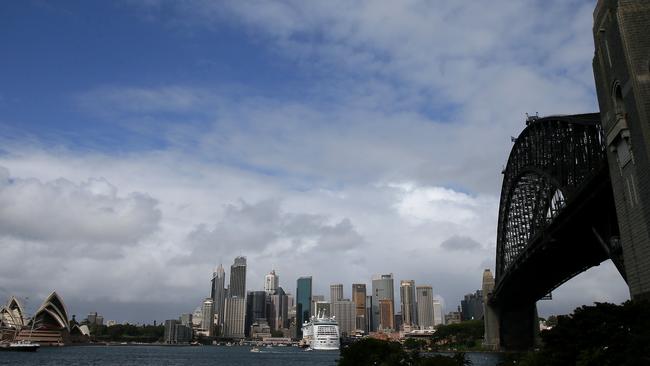
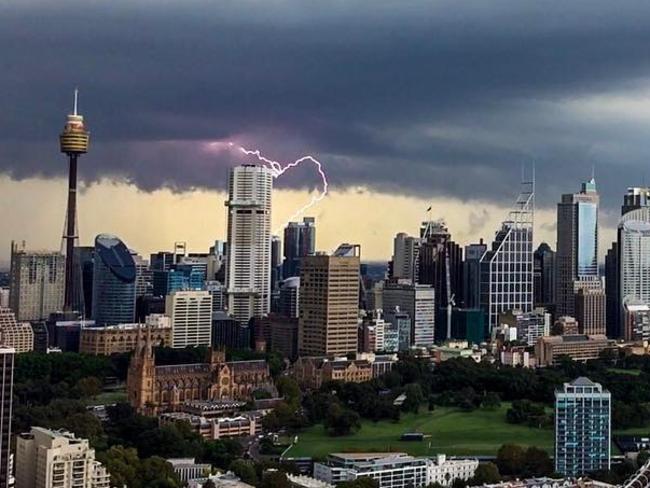
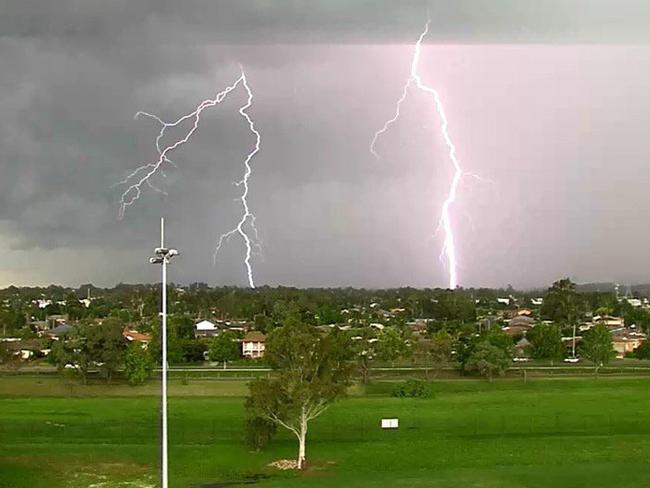
Only a week after Ryan Teasdale died after being sucked into a stormwater drain while boogie boarding in floodwaters in Wollongong three children almost got sucked into a drain at Shalvey at 4.20pm.
The SES rushed to Luxford Rd but by the time they arrived the trio had managed to pull themselves out of a flooded cement canal.
“They were in spot of bother. It’s no place to be playing, parents should keep their kids inside and occupied something more fun than playing in dangerous storm water drains,” a spokeswoman said.
“Floodwaters are extremely dangerous and in heavy downpours the best place is to be inside.”
Commuters also had a hellish run home, with the wet weather causing major delays to roads and rail.
A fallen tree at St Marys forced major issues on the Great Western Highway, buses were forced to replace ferries after the Parramatta Weir overflowed.
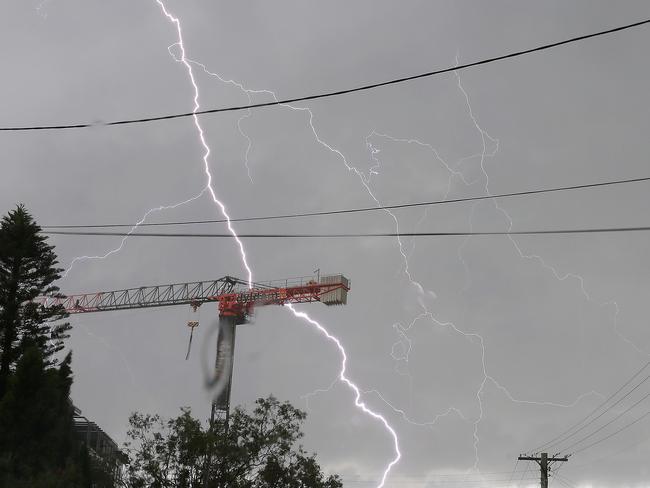
Lynette Tenana was driving in Whalan when the storm hit with wind so strong it threatened to blow her van off the road.
“It was like a current, you could feel the force of the wind and the rain pushing me to the left and we were trying to stay in the middle of the road,” she said.
“We couldn’t see, it was ridiculous, even with wipers moving as fast as they were.
“People are now driving around stunned, just looking at the destruction.”
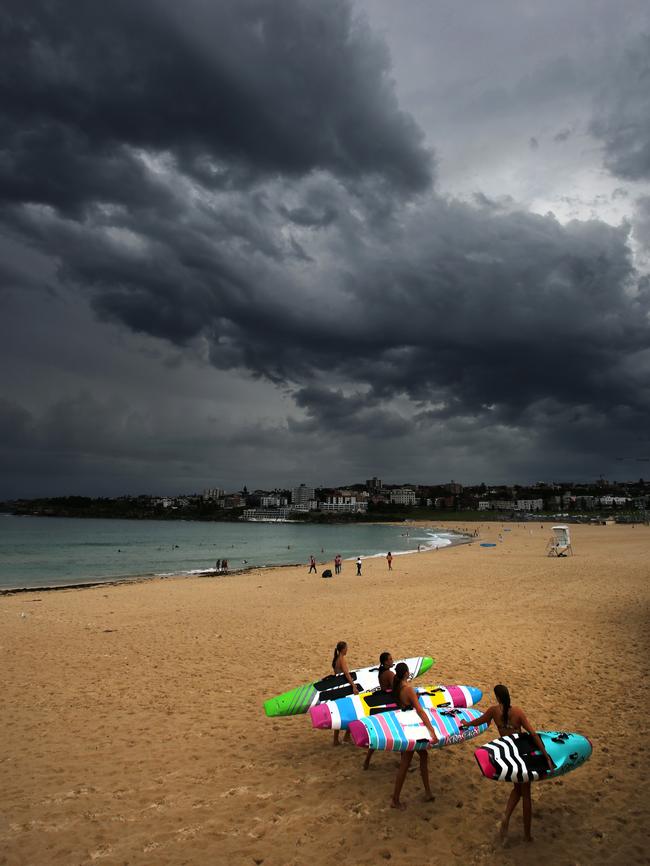
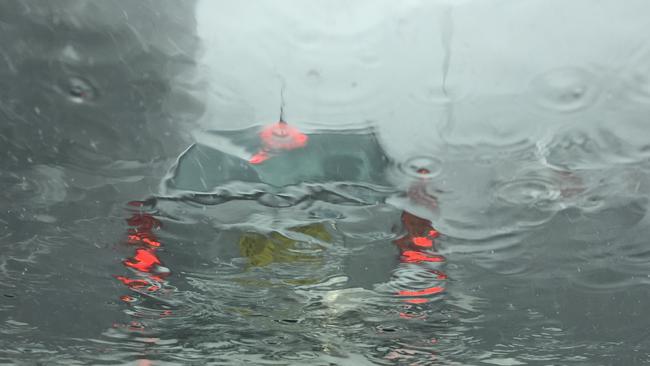
Traffic lights across Sydney were blacked out and commuters suffered train delays of more than 90 minutes to Newcastle and the Central Coast.
Trains on the Northern Line, North Shore, Western Line, Inner West and South Line, Blue Mountains, Central Coast and Newcastle and South Coast Line all faced delays during the storm’s peak due to mechanical failures and signal damage.

At one point, Central Coast bound commuters were left waiting for more than an hour at Central station because of the issues.
For the latest updates click here
A Transport Management Centre said Western Sydney had been the hardest hit with fallen trees and downed power lines causing significant delays.
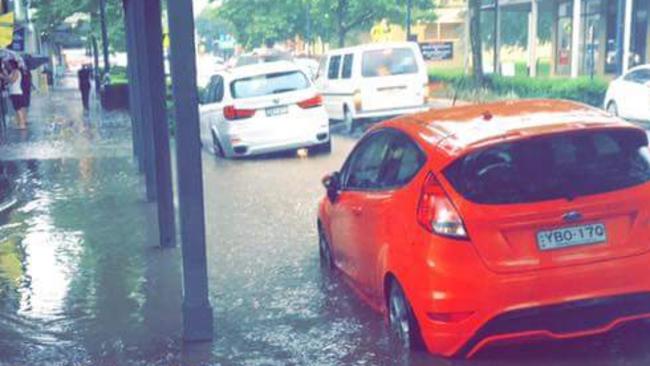
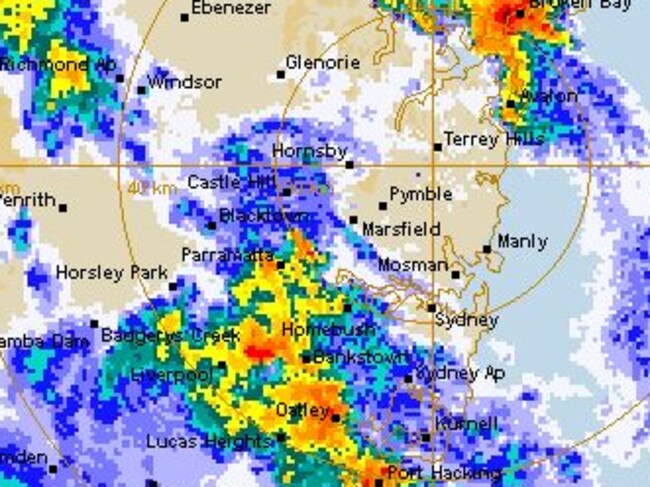
“We have started clearing the most of the problems now. Thankfully the storm rolled through before 5pm which spared some commuters from the worst of the storm,” the spokesman said.
Bureau of Meteorology forecaster Zac Porter said Western Sydney bore the brunt of the storm.
“The heaviest fall was 27mm in 30 minutes at Baulkham Hills, and there were 15-20mm dumped in surrounding suburbs,” he said.
“Tonight we have a southerly change, pushing storms north of Sydney, but we’re looking at showers sitting around Sydney for the next few days.”
Wollongong and Gosford were not spared, with BOM warnings for heavy rain and hailstones for both stretches of coast.
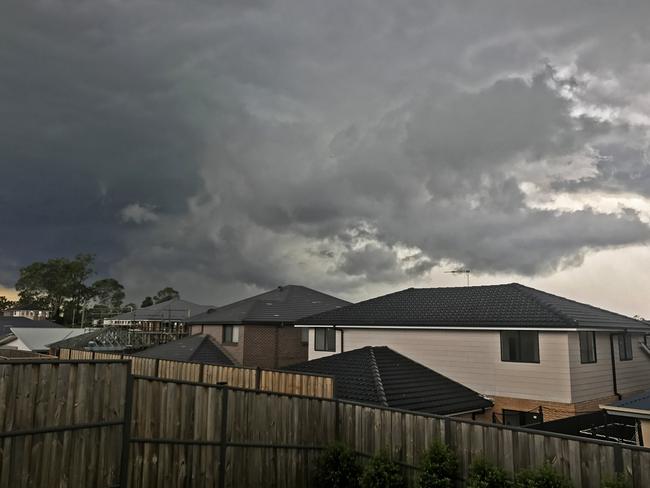
Hey #Sydney CBD this storm is heading your way. V windy. 5 min ago in Glendenning. @WeathermanABC #SydneyStorm @abcsydney @rgloveroz @smh pic.twitter.com/oPQeC1LAiI
— Dan (@Dan_M75) 22 March 2017
The wet weather had been forecast to clear up on Sunday, but Sydney now appears on course for a drenching until at least early next week.
Sydney has already exceeded its monthly rain average, with 248.6mm falling so far — almost double the 129mm expected. The record average for March is 521.4mm which was recorded in 1942.
Sydney has now seen 19 rainy days in March - already above the monthly average of 13.6 wet days.
